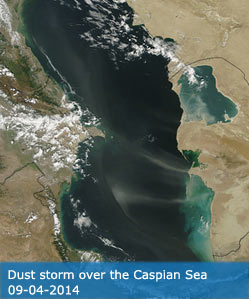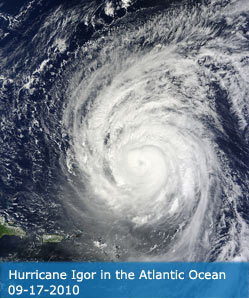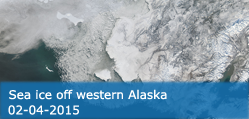Science Team
Publications
Roy, DP (2000). The impact of misregistration upon composited wide field of view satellite data and implications for change detection. IEEE TRANSACTIONS ON GEOSCIENCE AND REMOTE SENSING, 38(4), 2017-2032.
Abstract
Composited wide field of view satellite data are used for many applications and increasingly for studies of global change, Although several compositing schemes have been suggested, all assume perfect geometric registration, which is not operationally feasible. In this study, models of the satellite imaging, geometric registration, and compositing processes are used to investigate the impact of misregistration upon the position of high contrast edges found in composited satellite data. Simulations are performed with respect to the compositing of advanced very high resolution radiometer (AVHRR) and moderate resolution imaging spectroradiometer (MODIS) data. Contrast edges are found to be systematically shifted in maximum and minimum value composites. The degree of shifting increases with the number of orbits that are composited, the degree of misregistration and the view zenith angle. The implications of these findings upon the utility of composited satellite data for change detection are discussed. The shifts may systematically bias estimates of location and area when composited data are used. They may also cause small and/or fragmented features, which are evident in individual orbits to disappear in composited data, precluding the ability to map such features or to detect their occurrence: under a change detection scheme.
DOI:
ISSN:
0196-2892




